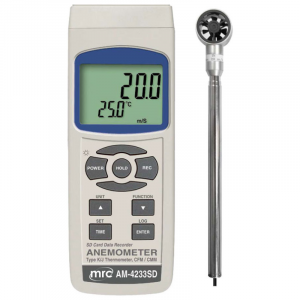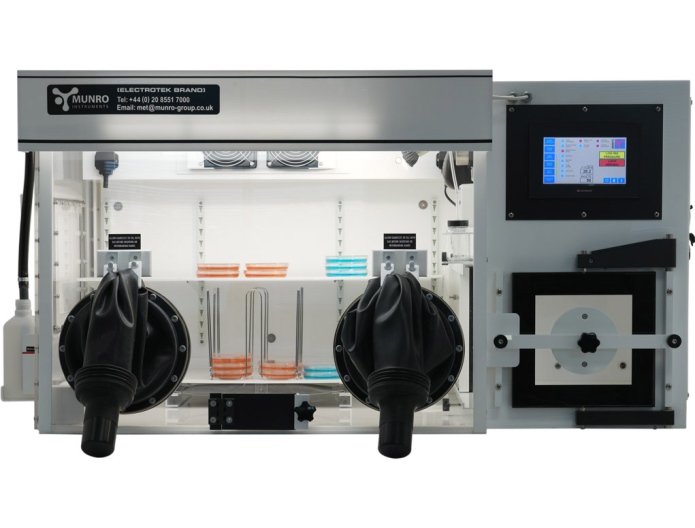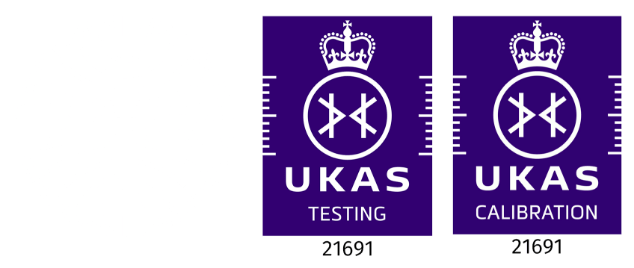An ultrasonic anemometer is a high-tech instrument used to measure wind speed and direction using ultrasonic sound waves. Unlike old-school mechanical models, there are no moving parts—meaning less maintenance and greater reliability.
Why Choose Ultrasonic Over Mechanical Anemometers?
Key Advantages
- No Moving Parts: Means less wear and tear, fewer breakdowns, and a much longer lifespan.
- High Accuracy: Ultrasonic technology measures both speed and direction with impressive precision.
- Fast Response: Instantly detects gusts and rapid wind changes.
- Low Maintenance: No need for lubrication or frequent cleaning.
Typical Applications
- Meteorological stations (professional and amateur)
- Wind energy (turbine monitoring)
- Airports and marine environments
- Research projects
- Industrial process monitoring
How Does an Ultrasonic Anemometer Work?
The Science Behind the Sensor
The device uses pairs of ultrasonic transducers that send pulses back and forth. By measuring the time it takes for the sound to travel, it calculates wind speed and direction based on the difference in travel time.
Measurement Parameters and Outputs
- Wind speed (typically in m/s or km/h)
- Wind direction (in degrees)
- Temperature (sometimes included)
- Gust, average, and real-time values
Main Factors to Consider Before Buying
Measurement Accuracy
Ask yourself: How precise do my measurements need to be? Research-grade sensors have higher accuracy but cost more.
Wind Speed and Direction Range
Check the minimum and maximum values the device can read. Not all models cover extreme ranges—critical for some industries.
Environmental Durability (IP Ratings, Temperature, etc.)
Will your sensor face harsh weather, salt spray, or dust? Look for robust IP ratings (IP65 or above), wide operating temperature ranges, and corrosion-resistant materials.
Size, Weight, and Mounting Options
Do you need a compact model for drones or a heavy-duty sensor for a weather mast? Consider how and where you’ll mount the device.
Power Requirements
Some models run on battery or solar power; others need external electricity. Choose what suits your location and usage pattern.
Data Output & Connectivity (Analog, Digital, Wireless)
How will you collect and analyze your data? Check for USB, RS-232/485, SDI-12, Modbus, or even wireless options like Bluetooth.
Maintenance and Calibration
Although these sensors are low-maintenance, you may still need periodic calibration for the highest accuracy—especially for regulatory compliance.
Where to Buy an Ultrasonic Anemometer
Direct from Manufacturer vs. Distributor
Buying direct can sometimes get you better prices and technical support, but distributors often offer quicker shipping and local support.
The Buying Process: Step-by-Step
Identify Your Needs and Applications
Are you a hobbyist, a scientist, or an engineer? Define your main application: research, wind energy, meteorology, or industrial control.
Requesting Quotes and Comparing Offers
Contact at least three suppliers. Don’t just look at price—consider delivery times, support, and warranty.
Questions to Ask the Supplier
- What’s the warranty period?
- Is technical support available locally?
- How is calibration handled?
- What’s the expected delivery time?
- Are spare parts available?







